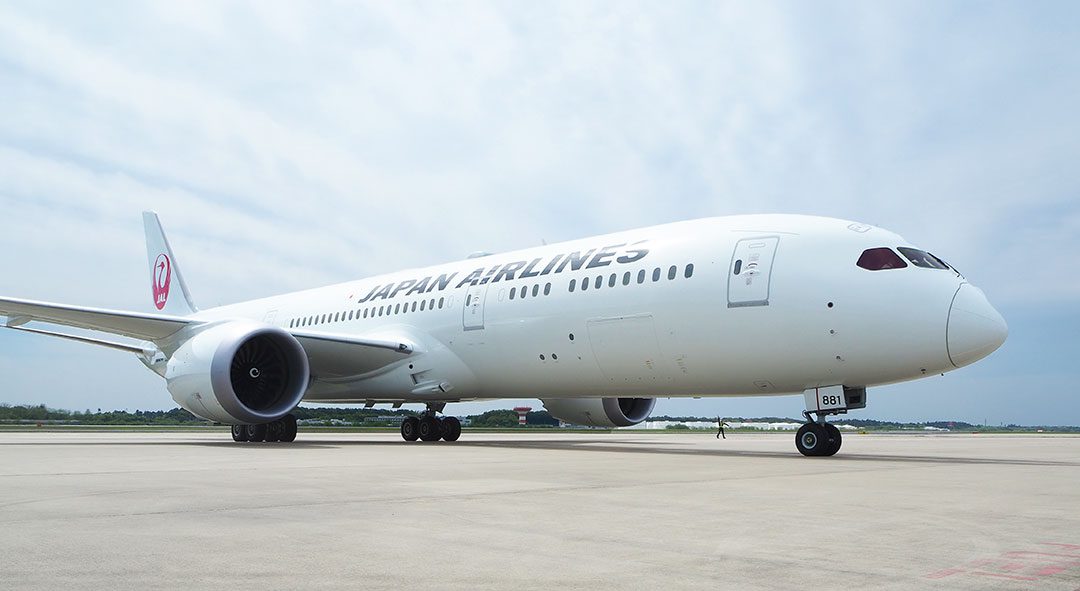
ADE1D139 BF44 44C2 B8A3 3FA5641B9A06
Japan’s two big airlines All Nippon Airways (ANA) and Japan Airlines (JAL) both reported much-improved nine-month FY22 results. But where ANA is revising its financial guidance upwards, JAL is taking a more conservative approach to the final quarter. ANA and JAL improve profits but don’t share the same optimism.
ANA
ANA ended the 9M period with a net profit of ¥62.6 billion, a significant improvement over the ¥-103 billion in the same period of 2021 that was heavily affected by travel restrictions. The operating profit improved to ¥99 billion from ¥-116 billion. Operating revenues were ¥1.259 trillion, up from ¥738 billion. Operating expenses increased to ¥1.2 trillion.
The biggest improvement came from international traffic, with revenues up to ¥290.3 billion from just ¥48.2 billion last year, thanks to 2.8 million passengers carried over 518K. Load factors jumped from 25 to 72.5 percent. North America and Asia were the strongest regions. When border restrictions were eased in Japan and the country opened up again, this resulted in the growing demand for travel to Japan and more activities at ANA’s major hubs at Tokyo Haneda and Narita.
Domestic travel also grew, with 24.9 million passengers carried compared to 13.2 million between April and December 2021. The load factor was 62,3 percent, up from 49.3 percent. Revenues improved to ¥392 billion from ¥207 billion. ANA resumed services with its Boeing 777s with Pratt & Whitney engines, which helped to grow domestic capacity.
Although cargo volumes were lower at 816K tonnes from 932K tonnes, revenues were up to ¥274.7 billion from ¥256.4 billion thanks to high yields for oversized cargo. Overall cargo demand slowed down and capacity dropped as less cargo was flown on converted passenger aircraft. A decline in parts from the automotive industry also affected the business unit.
Low-cost subsidiary Peach reported revenues of ¥62 billion versus ¥24.5 billion last year. It carried 5.6 million passengers versus 2.9 million at a 70.9 percent load factor. The airline benefitted from the surge in domestic travel and responded with higher frequencies. In August, Peach resumed international flights to Taiwan and in December to Thailand.
Based on the strong recovery, ANA has raised its guidance for FY22. Operating revenues should be ¥1.710 trillion, up from ¥1.700, the operating income to ¥95 billion from ¥65 billion, and the net profit attributable to shareholders to ¥60 billion from ¥40 billion. “Regarding the consolidated earnings forecast, in international passenger services, business demand and inbound demand have continued to recover following the relaxation of Japan’s border control measures, and demand has been firm in domestic passenger services due to the support of the nationwide travel subsidy program”, ANA says. This upward guidance is based on the 9M results, but ANA expects Q4 to remain unchanged as this is the low-demand period of the year. In October, ANA announced a strategy review.
JAL
Japan Airlines reported a 9M profit attributable to shareholders of ¥16.3 billion compared to ¥-128.3 billion in the same period of 2021. The operating profit was ¥33.9 billion versus ¥-174 billion. Operating revenues improved to ¥1.006 trillion from ¥498.4 billion. Operating expenses increased to ¥990 billion from ¥688 billion. The airline announced its first operating profit in Q2 since the start of the pandemic.
International revenues were up to ¥304 billion from ¥48.4 billion as JAL carried almost three million passengers, up from 595K last year. The load factor recovered to 70.7 percent from 24.3. Inbound traffic recovered rapidly after the lifting of restrictions, not just leisure but business travel as well. Like ANA, JAL was forced to use alternative routes to Europe as Japan supports the sanctions on Russia, and, consequently, Russian airspace was closed to the two Japanese airlines.
Domestic revenues recovered to ¥338.2 billion from ¥174.5 billion. The airline carried 22.4 million passengers, up from twelve million, at 64.6 percent load factor. JAL noticed different behavior patterns for domestic travel after restrictions were lifted, translating into pent-up demand. The airline responded with more frequencies and employing bigger aircraft.
JAL’s low-cost carriers ZIPAIR, Jetstar Japan, and Spring also improved results. ZIPAR carried 306K passengers during April-December, up from 11.5K in the same period of last year. But load factors were still low at 46 percent, although significantly up from 3.8 percent in 2021. ZIPAIR steadily grew activities and launched services to San Jose in December. Spring Japan carried 340K passengers, up from 51.8K, at a 50.7 percent load factor from 49.4 percent. The airline mainly operated on the domestic network to use its resources as best as possible as its traditional markets in China were still closed during the period. No details for Jetstar have been provided. The LCC carriers generated ¥20.1 billion in revenues, up from ¥1.8 billion.
Cargo revenues improved to ¥183.4 billion from ¥161 billion, although international cargo was still affected by the closing of China. Tonnes carried were down to 111.9K tonnes from 146K tonnes.
As said, JAL is taking a more conservative approach to the FY22 guidance than ANA. Japan Airlines expects slightly lower revenues of ¥1.358 billion compared to ¥1.404 billion in the previous guidance. The net profit attributable to shareholders is significantly down, however, to ¥25 billion from ¥45 billion. “Revenue for domestic passenger revenue is forecasted to be lower than the previous forecast due to the slower recovery of business demand than expected and the limited effect of increased demand from the resumption of the nationwide travel support program during January-February 2023. In addition, international cargo revenue is also expected to be lower than expected due to the relaxation of air cargo’s supply-demand balance,” says JAL. “In light of the above, the forecast for revenue, EBIT, and profit attributable to owners of parent for the consolidated financial results of the fiscal year ending March 2023 have been revised downwards.”
Views: 15



